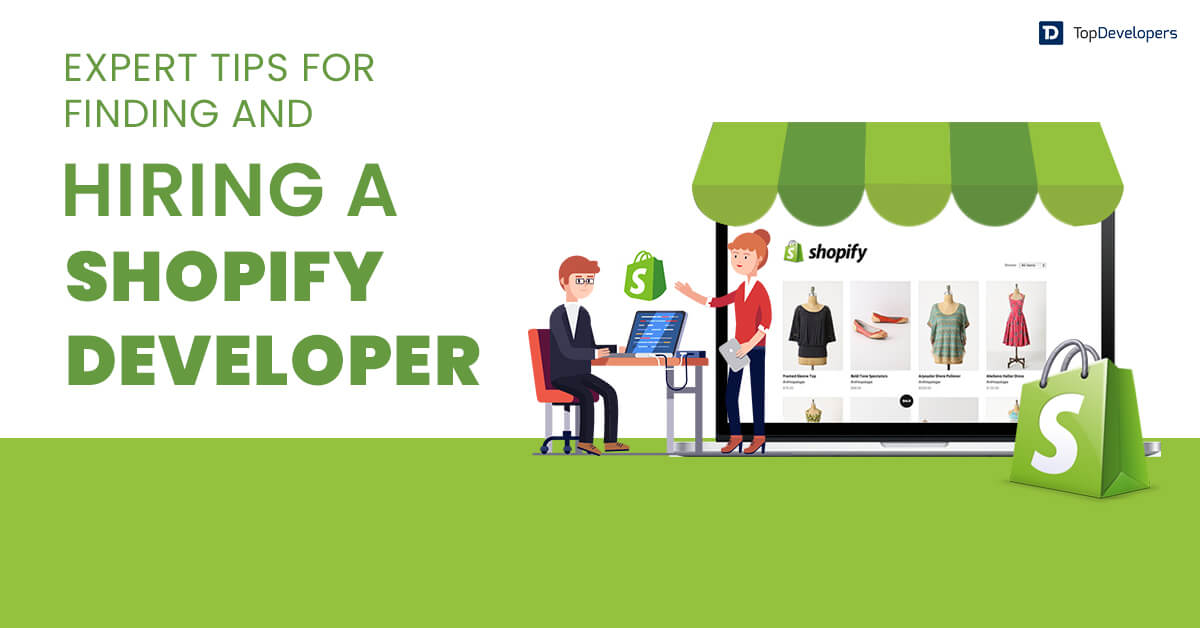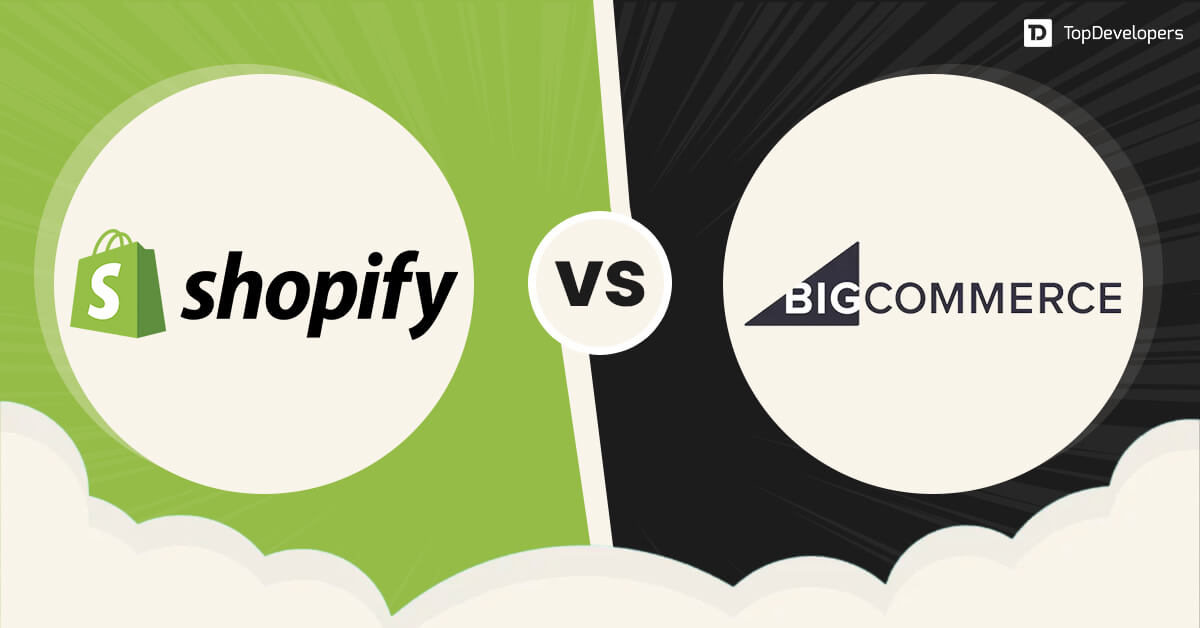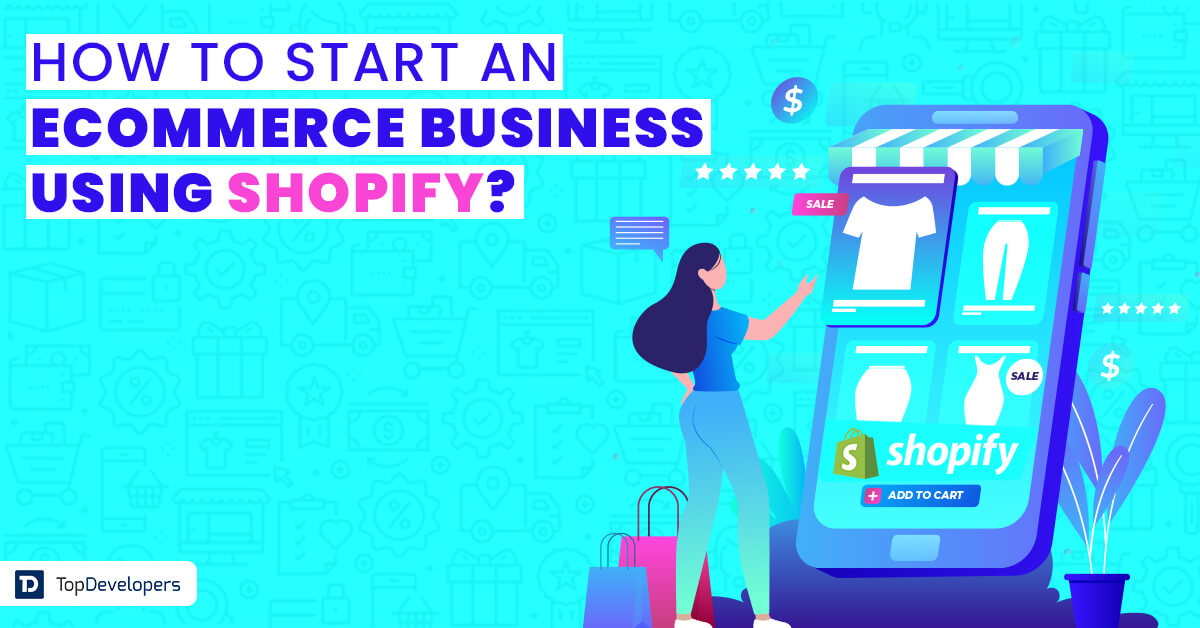
When you think of starting an online retail business, the first thing that strikes your mind is to have quick ROI and lucrative returns. Shopify is an eCommerce platform that allows anyone to create an online store and sell their products.
The platform is popular because it is easy to use, customizable, secure, and scalable. It offers various tools and features to help merchants and sellers grow their businesses, such as marketing, analytics, inventory management, and customer support.
- Easy to use: Shopify has a user-friendly interface that lets you design your store, add products, and manage orders with a few clicks.
- Customizable: Shopify has thousands of themes and apps that you can use to customize your online e-commerce store’s look and functionality according to your preferences and needs.
- Secure: Shopify provides a secure hosting environment for your online store, with SSL encryption, PCI compliance, and 24/7 support.
- Marketing: Shopify helps you grow your business with tools and services for SEO, social media, email marketing, and analytics.
Table of Contents
ChatGPT – Dawn of a New Business Revolution
Online businesses would grow quickly when they provide the best UX. One of the major concerns about user experience is the quickest solutions to the queries and concerns raised.
ChatGPT can help you interact with your customers and prospects, answer their questions, provide feedback and suggestions, and build trust and loyalty. The chatbot can help you save time and money, increase your traffic and conversions, and boost your brand awareness and reputation.
The bot is a powerful tool that can help you grow your online business as it can generate engaging and relevant content for your website, blog, social media, email marketing, and more.
How Does the Chatbot Improves the User Experience for Your eCommerce Business?
ChatGPT, a powerful chatbot, can enhance UX on your online eCommerce stores in several ways.
Here are a few to mention:
Helps Online Store Owners Engage with Customers and Increase Sales
ChatGPT is a powerful AI tool for online store owners who want to engage with their customers and increase their sales. It uses Natural Language Processing (NLP) and deep learning to create personalized and conversational chatbots that can answer questions, provide recommendations, and offer discounts.
It helps online store owners to build trust, loyalty, and satisfaction among their customers, and to boost their conversion rates and revenues.
Provides Personalized Product Recommendations and Answers Queries
ChatGPT is a conversational AI system that can provide personalized product recommendations and answer queries based on the user’s preferences and needs. It uses natural language processing and deep learning to understand the user’s intent and context and to generate relevant and engaging responses.
ChatGPT can also learn from the user’s feedback and behavior to improve its performance over time.
Offers Product Discovery and Recommendation
ChatGPT can understand the customer’s preferences and needs, and generate relevant and personalized product recommendations based on their queries. This can increase conversions and sales, and create a more enjoyable shopping experience.
Assists in Marketing and Management
It’s not just users and customers on your online e-commerce store. Business owners can also have ample benefits from using ChatGPT for Shopify. The bot can be connected to the online store’s inventory system to provide real-time updates on stock levels and availability. This can help store owners optimize their inventory and avoid out-of-stock situations; additionally, ChatGPT can be used to create engaging and creative content for marketing campaigns, such as newsletters, social media posts, blog articles, and more. Hence, you can see more traffic and customers to build their brand awareness and reputation.
ChatGPT in Shopify – Easy to Set Up and Customize
Integrating ChatGPT into the Shopify eCommerce store for customization is easier. You can enhance your customers’ UX by following simple steps.
If you want to add a conversational AI to your Shopify store, you can use ChatGPT, a powerful and easy-to-use chatbot application that leverages the GPT-3 language model as on today.
Here are the steps to set up ChatGPT in your Shopify store:
Step 1: First, you need to create a Shopify account and a store if you don’t have one already. You can sign up for a free 14-day trial on Shopify’s website and follow the instructions to create your online store.
Step 2: Next, you need to install the ChatGPT app from the Shopify app store. You can find it by searching for “ChatGPT”. Click on the “Add app” button and grant the app permission to access your online store data.
Step 3: After installing the app, you need to configure the app settings and customize the chatbot. You can choose the name, avatar, language, and personality of your ChatGPT chatbot. Furthermore, you can set up the greeting message, the fallback message, and the end-of-conversation message. Moreover, you can enable or disable various features such as product recommendations, discount codes, feedback collection, and analytics.
Step 4: Once you have configured the app settings and customized the chatbot, you can test it on your online store and monitor its performance. You can see how the chatbot interacts with your visitors and customers, and how it helps them find what they are looking for, answer their questions, and persuade them to buy. You can also view the analytics dashboard to see the metrics such as chat sessions, conversion rate, customer satisfaction, and revenue generated by the ChatGPT chatbot.
Step 5: Finally, you can enjoy engaging with your customers and increasing your sales with ChatGPT. You can also update the app settings and customize the chatbot anytime to suit your needs and preferences. ChatGPT is a smart and flexible chatbot that learns from your store data and customer feedback and adapts to your business goals and strategies.
Don’t take a Chance, Get it Professionally done
You have put your hard-earned money into building your business and, therefore, it requires professionals to set it up online. Hire Shopify developers, experts in this field. to take your store online using the best features of the Shopify eCommerce platform. Plus, you can ask them to augment your online store by integrating ChatGPT.
 Avantika Shergil
| Jun 19, 2023
Avantika Shergil
| Jun 19, 2023
Avantika Shergil is a technology enthusiast and thought leader with deep expertise in software development and web technologies. With over 8 years of experience analyzing and evaluating cutting-edge digital solutions, Avantika has a knack for demystifying complex tech trends. Her insights into modern programming frameworks, system architecture, and web innovation have empowered businesses to make informed decisions in the ever-evolving tech landscape. Avantika is passionate about bridging the gap between technology and business strategy, helping businesses build customized software and website, and understand about different tools to leverage effectively for their ventures. Explore her work for a unique perspective on the future of digital innovation.






